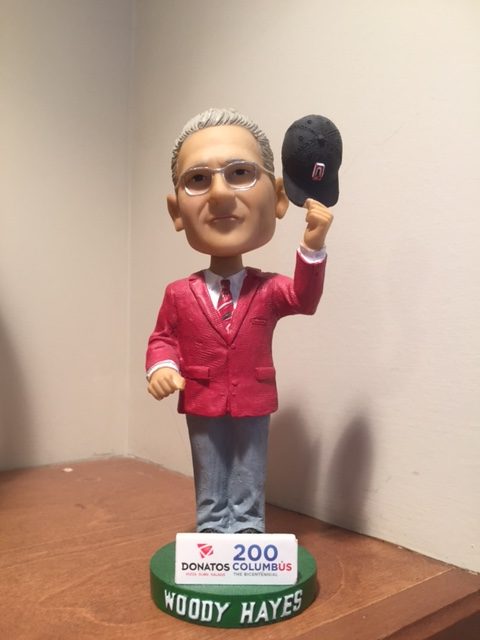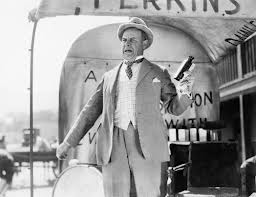Voice of Customer: Understanding the Entire Iceberg of Purchase Decisions Today
Understanding the current voice of your customers and markets is critical to winning sales. Companies who take the time to capture the voice of their customers understand how buyers buy, what they need to buy, and the criteria they use to make buying decisions and leverage that information close more sales . In this post I will share how the voice of your customer ensures your sales proposals resonate with buyers and close sales quicker.
Why do buyers buyer from your team?
Why don’t buyers buy from your team?
If you can answer the above questions accurately you are well on your way to designing a sales and marketing plan to hit your number this year.
When I ask this question I usually get a very quick answer on why buyers don’t buy. As much as senior leaders want their sales teams selling value, I often hear “price” is why buyers don’t buy. I often hear many reasons why buyers do buy, and it usually accompanies stories of how they have won over the years. It is very rare however that I hear what I am looking for :why buyers buy and don’t buy today.
Think about all the changes we have seen in the last 15-10-5 years. We serve rapidly changing markets and it should not surprise any of us that market leadership positions change about every 10 years or so. Why?
“New market leaders emerge after identifying shifts in the buying process, buyer problems and or criteria and leveraging those changes.”
-Mark Allen Roberts
When sales says they lost a sale due to “price” or that buyers buy based on “price” this is what I hear…
- You do not understand the value of your product or service to your buyer
- You lack a strong current value proposition, or the one sales is using is dated
- You do not clearly and completely understand the problem the buyer is seeking to solve
- You do not completely understand how the buyer buyers and what they need to buy
- Because you have not taken the effort to understand your buyer and their business, you have not earned the right to know all the buyer needs to buy today.
Earn the right to know?
Yes!
There was an excellent article recently in Brand Quarterly by Dave Tovey titled: Did Price Really Lose the Sale?
In this article Tovey shares that:
“Price is often blamed when we got something else wrong.”
Sales people are trained to sell; I think we can all agree on this. Salespeople have a very high utilitarian trait. If I do this …I get this reward quickly. That is why salespeople should not own the voice of your customer. ( but many leaders think they do) The voice of your customer, voice of your market work does not produce immediate reward. That is why salespeople should not own this information. It is their nature to sell, and buyers will feel their probing , open ended questions as a manipulation, a trick to win a sale and trust is broken. Marketing and or a senior executive in the organization must own deeply understanding the voice of your customer and markets no salespeople. Having been the VP of Sales and Marketing for a number of organizations I made it my job to own this information while my sales teams executed their sales development plans.
The author does an excellent job of describing what its like to meet with a new buyer. New buyers often act like Ernest Hemingway used to write…with the iceberg principle or often referred to as the theory of omission. Basically, they share just surface information and do not share the whole story until they trust you. What I like about the iceberg analogy is it’s not the 10% of the iceberg that you see that will sink your ship. (Your sale) It is the other 90% you do not see, or do not know. Most sales are lost because the buyer did not trust you completely understood the problem and therefore did not trust your proposal.
The author leaves us with this:
You earn the right to hear more than a client’s story of omission when:
- You ask insightful questions
- You listen for understanding
- You avoid manipulation
- You behaviors are congruent with your marketing messages
- You are authentic; selling ethically and with integrity.
- You are human – remembering that buying is rationalized emotion.
The voice of the customer, voice of the market follows the above.
Market leading teams take the time to understand the voice of their customers and markets…that other 90% of the purchase iceberg. They know how buyers buy, what they need to buy and the criteria they must have to buy today. They are constantly scanning the horizon and sensing for shifts in how buyers buy and the problems they are trying to solve today.
Why do buyers buy from you?
Why don’t buyers buy from you?
What do your buyers need to buy today?
What does the buying journey look like today for your buyers?
Who else is involved in the buying decision today? What do they need?
What new problems are your buyers searching to solve today?
When your team understands the voice of your buyers and voice of your markets you know the answers to the above. Understanding this information you will train your sales teams to serve your buyers with exactly what they must have to solve the problems they may not share with everyone. Your sales proposals stand out in a sea of RFP’s because they speak to real needs your buyers must have.( and that they failed to share with competitors who only scratched the surface) When your competition is just scratching the surface with price your team will be providing a complete solution your buyers must have.
Stop blaming price for why your teams fail to win the sale and understand all buyers need today and you will find price is not even high on the list.
When you understand the voice of your customer today and the entire buying iceberg, you will equip your sales teams with the big picture and they will build trust much faster with buyers because they will demonstrate they understand them. While competitors are scratching the surface and awkwardly trying to build trust, your sales team will be discussing meaningful solutions.










